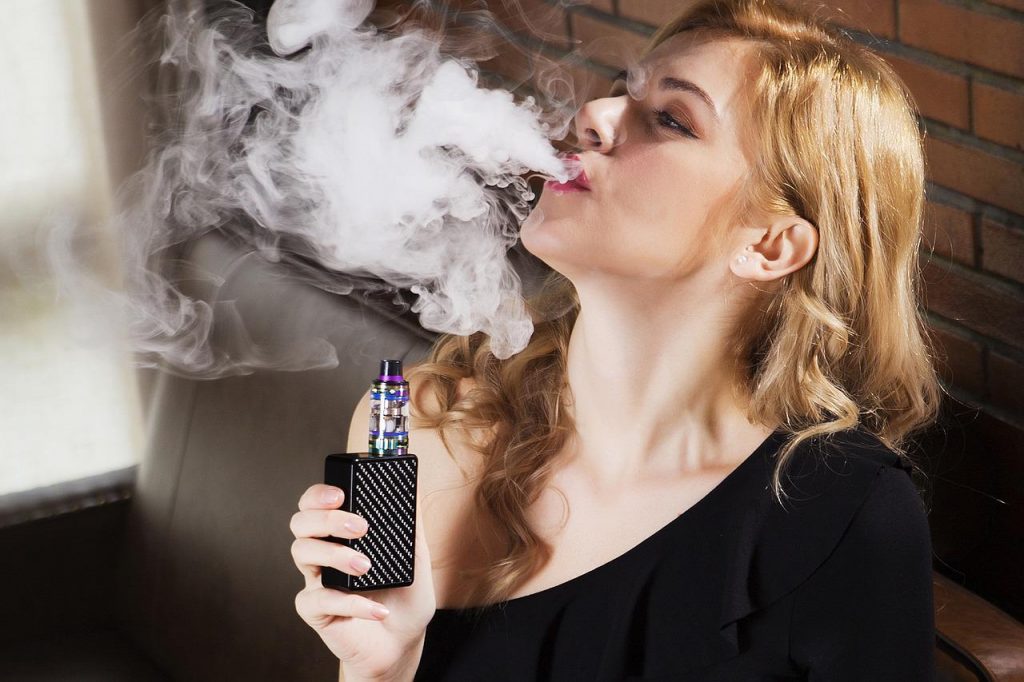The Alarming Way E-Cigarette Company JUUL Is Targeting Kids
Evidence from a new research study suggests that e-cigarette company JUUL purposely got millions of kids addicted to vaping.
This article is more than 2 years old

The tobacco industry needs young people to start using their products to stay afloat. As a result, tobacco companies have become notoriously known for using clever advertising to attract the United States’ youth to their products. Many of their ploys were moderately thwarted in the 1990s after concerning health data was made available to the public. However, the rise of the e-cigarette industry gave way to another opportunity for tobacco companies to snag America’s young people. JUUL is one of the industry’s biggest producers of vape pens. And, according to Futurism, JUUL has now become a central figure in a research study that provides strong evidence to suggest that the company knowingly and purposefully got over a million kids addicted to vaping.
The study, which was conducted by a group of public health researchers at the University of California San Diego, disclosed the alarming details surrounding how JUUL reeled in countless youngsters. The research largely focused on the effects of JUUL’s marketing exploits between 2017 and 2019. During these years e-cigarette usage and vaping soared by a staggering 40%. And what the study found was that the spike could largely be attributed to teenagers between the ages of 14 and 17 years of age. That age group accounted for well over 50% of new e-cigarette users at that time.
So how did JUUL snag so many young people in its trap? The answer lies in a tale as old as time – advertising. Back in 2020, The New York Times published an article that highlighted how JUUL covertly placed ads on networks, like Nickelodeon, with large populations of underage viewers. One does not have to be a genius to extract JUUL’s underlying motivation behind its ad strategies.
Further aiding JUUL’s child exploitative ploys was the public’s lack of knowledge about e-cigarettes and vaping. JUUL essentially took advantage of public ignorance to get as many new young people as possible to get hooked on using its products. Now years later, with millions of youngsters vaping daily, concerning health evidence is beginning to emerge regarding the potential adverse health effects vaping may have. While definitive information regarding specific side effects has yet to be fully realized, researchers at Johns Hopkins were able to identify dozens of toxic chemicals and aerosols inside vape pens. Thus, as youthful vapers begin to age, it’s likely correlation between health conditions and those toxic chemicals will, unfortunately, begin to be identified.
Thanks to JUUL, a new public health crisis is on the verge of emerging. And sadly, it’s likely that lawmakers and regulators realized this too late. Since JUUL’s actions were identified, steps have been taken to reign in their exploits. For instance, strict regulations have been put on the kinds of flavors vape pens can be made with to make them less enticing for kids. However, it’s unlikely that will do anything at all to dissuade current users. Unfortunately, JUUL already accomplished what it set out to do. Overall, what this is most indicative of is how far the tobacco industry is willing to go to keep making bank and serving its bottom line even if it means targeting children.









